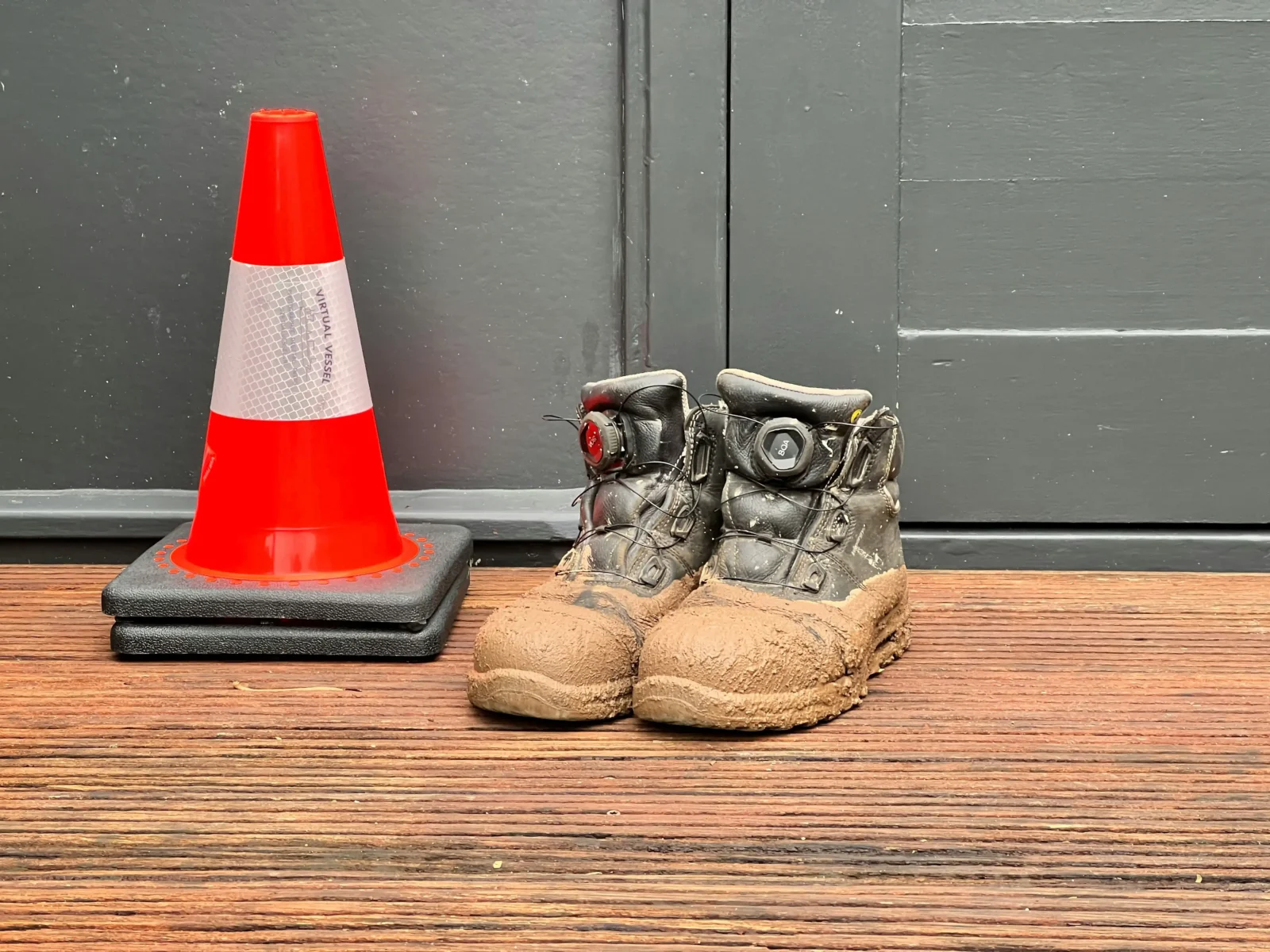- Home
- Articles
- Architectural Portfolio
- Architectral Presentation
- Inspirational Stories
- Architecture News
- Visualization
- BIM Industry
- Facade Design
- Parametric Design
- Career
- Landscape Architecture
- Construction
- Artificial Intelligence
- Sketching
- Design Softwares
- Diagrams
- Writing
- Architectural Tips
- Sustainability
- Courses
- Concept
- Technology
- History & Heritage
- Future of Architecture
- Guides & How-To
- Art & Culture
- Projects
- Interior Design
- Competitions
- Jobs
- Store
- Tools
- More
- Home
- Articles
- Architectural Portfolio
- Architectral Presentation
- Inspirational Stories
- Architecture News
- Visualization
- BIM Industry
- Facade Design
- Parametric Design
- Career
- Landscape Architecture
- Construction
- Artificial Intelligence
- Sketching
- Design Softwares
- Diagrams
- Writing
- Architectural Tips
- Sustainability
- Courses
- Concept
- Technology
- History & Heritage
- Future of Architecture
- Guides & How-To
- Art & Culture
- Projects
- Interior Design
- Competitions
- Jobs
- Store
- Tools
- More
Why Minimalist Furniture Is More Than Just A Trend In Modern Workspaces

Work looks different now. Offices aren’t the same as they used to be. Some people are at home, some in shared spaces. But no matter where, one thing stands out: simple, clear, and comfortable setups are becoming the norm.
For this, minimalist furniture has become a staple. It is not just a design choice but instead a complete shift in how people think about productivity, mental well-being, and even business identity.
Minimalist furniture is no longer a passing trend. It’s becoming the backbone of modern work culture. Here’s why.
Table of Contents
ToggleHelps Boost Focus and Productivity
You can find distractions everywhere. It can be in different forms. For example, emails, phones, and background noise—all these can break concentration. But what often goes unnoticed is how furniture design adds to that clutter.
Thankfully, if you keep the furniture minimal, it helps cut through the chaos. You can have clean lines, open spaces, and sleek surfaces that create a sense of calm. In addition, there is less visual noise, so the mind can focus better. A tidy space often helps to keep the mind clutter-free. And when the work zone is free from excess, it’s easier to concentrate, plan, and deliver results.

You will be surprised to know that studies suggest physical space impacts employees’ performance. It means a well-organized environment lifts energy levels and sharpens thinking. So, it can be said that minimal furniture keeps things intentional, which directly boosts output.
Flexibility and Functionality
Modern work isn’t one-size-fits-all. Sometimes, it’s a laptop and coffee kind of morning. Other times, it’s meetings, sketches, or deep-focus sessions. That’s where minimalist design shines—it adapts.
Many workspace pieces now serve multiple purposes. Foldable desks, modular setups, and compact storage all fit into minimalism’s “only what you need” mindset. One standout example is the desk top made from natural wood, available in various dimensions and styles. These are often designed to pair with different base frames, offering flexibility for seated or standing work.
What makes this especially useful is that such pieces are not just functional—they also bring warmth and texture to the space. This blend of utility and comfort helps the workspace support every kind of workday.
Aesthetics and Branding
A company’s workspace is its silent ambassador. From the reception area to individual desks, the design reflects culture, values, and even professionalism. Minimalist furniture helps shape that message without being loud about it.
It’s clean, stylish, and feels fresh and modern. These are qualities that clients and employees pick up on, even without realizing it. Brands that lean into minimalism often communicate confidence, focus, and forward-thinking attitudes.
And when furniture blends beauty with purpose, the entire workspace becomes a subtle branding tool.
Supports Mental Wellness
Work is demanding, and the environment plays a huge part in how people feel. A cluttered desk can add mental weight. Bulky furniture can feel overwhelming. Minimalist setups do the opposite.
They offer breathing room. Space to move, to think, and to pause. Light-colored materials, airy layouts, and simple designs contribute to a peaceful atmosphere. This helps reduce stress, especially during long work hours.

Even little changes—like having more desk space or better natural light—can uplift mood. When the environment feels calm, so do the people in it. And in the bigger picture, that improves well-being and job satisfaction.
Sustainability Factor
Minimalist design doesn’t just care about looks. It cares about impact, too. And in an age of environmental awareness, that matters more than ever.
Fewer items mean less waste. Quality over quantity is the core idea. Minimalist furniture is usually built to last, using materials like solid wood or metal that stand up to daily wear. Many manufacturers also focus on ethical sourcing and eco-friendly finishes.
This conscious choice benefits both the planet and the user. The furniture works better and doesn’t end up in landfills after just a few years. It’s an easy way for businesses and individuals to align their space with their values.
Long-Term Cost Efficiency
Let’s be honest—good furniture isn’t cheap. But minimalism changes how value is measured. Instead of buying multiple items for different needs, minimalist furniture often serves multiple roles.
One well-made desk or chair that adapts to different tasks can replace three cheaper alternatives. And because the design is timeless, there’s no pressure to follow seasonal trends or frequent updates.
Plus, many pieces are designed with future use in mind. Adjustable heights, modular add-ons, and durable materials all mean lower replacement costs. Over time, that saves money and effort.
Final Thoughts
Minimalist furniture is more than a trend—it’s a practical, thoughtful choice for today’s workspaces. It brings together productivity, wellness, style, and sustainability in one smart package. Whether for a home office or a corporate floor, it makes the space work better for the people using it.
As work continues to evolve, so should the spaces we work in. Minimalism isn’t just about doing more with less—it’s about doing better with less.
Trained as an architect and seasoned in the editorial trenches, I turn raw design concepts into compelling narratives that resonate beyond studio walls. My work spans in-depth project spotlights, interviews with visionary designers, and analysis pieces that distill complex technical data into accessible insights. Whether polishing copy for publication or generating original features, I draw on years of practice to ensure every sentence captures architecture’s rigor, poetry, and cultural impact—inviting professionals and enthusiasts alike to see the built environment through a sharper, more inspired lens.
Submit your architectural projects
Follow these steps for submission your project. Submission FormLatest Posts
Understanding Site Safety Footwear in Architectural Practice
Architecture is often discussed through drawings, models, and finished buildings, yet a...
General Arrangement Drawings in Architecture: The Backbone of Clear Design Communication
General Arrangement Drawings explained: what they are, when to use them, how...
The Ultimate Guide to Fencing in North Dakota: Choosing the Best Fence for Your Property
Watching a chain link fence twist in 70 mph winds near Minot...
Gaudí: Where Architecture Meets Science
Gaudí: Where Architecture Meets Science shows catenary arches, ruled surfaces, and biomimicry...












Leave a comment